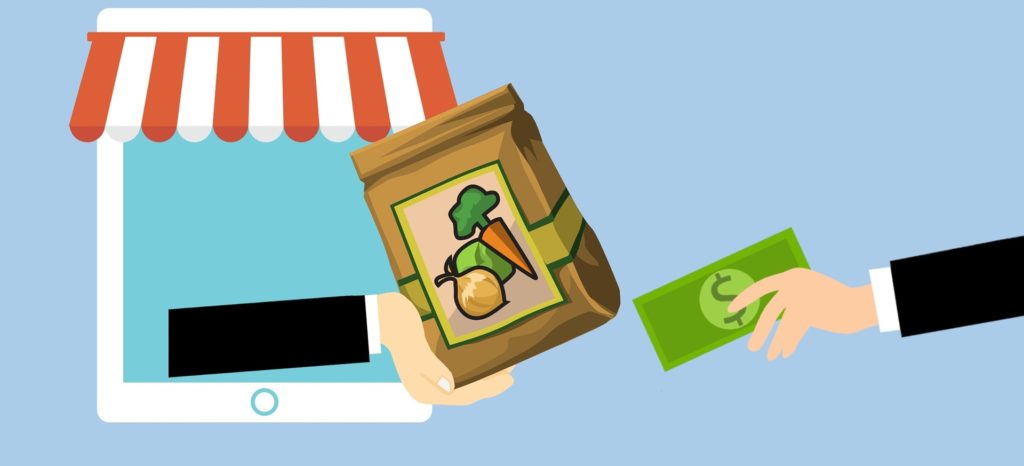How to build an On-Demand food delivery app?
On-demand food delivery app is one of the most popular on-demand services in most of the countries around the globe. While on-demand food delivery apps like UberEats and Deliveroo are the most popular names in this arena.
There are a lot of other on-demand food delivery apps popular and leading in different countries and regions. The reason why food delivery is gaining so much popularity is because of a few reasons. The customer is able to order food from the comfort of his house. Also, the customer does not have to travel to the food place and order food and wait there till it becomes ready. Furthermore, the customer is able to see the prices and dishes available in each restaurant, its reviews and decide the best dish that will suit its mood, budget, etc.
Not only from a customer perspective, the food vendors too are gaining a lot of advantages due to food delivery apps. Such are, they are able to prepare the food once notified from the app and hand it over to the delivery person. This reduces the congestion in the store and the food vendor does not have to have fancy outlet at a key location to attract customers and so on.
While the customers and restaurants are onboard with the idea of using food delivery apps, the on-demand food delivery service provider has to be mindful as to how to pitch its business to the customers and suppliers. Following are a list of steps to be followed when building an on-demand food delivery app.

1. Identify your competition and be better
The first thing to do before creating the food delivery app is to determine what type of competitors are there in the market you are trying to get into. Go to their social media pages and research on what their customers are complaining about. Research on the prices they are charging from customers for delivery and what type of a price cut are they keeping from the restaurants. Is it a commission per order value or based on the distance, etc. After getting this data together come up with a cheaper plan to attract both the customer and the restaurants for a better price plan than they are spending now.
2. Come up with a strong marketing campaign
Based on the prices decided on the above step and on the research of the drawback of your competitors, formulate an effective marketing plan to reach the customers. Work on the areas where your competition is weak and pledge to the customer that you will be better than them. Always use social media to market your services as it is the cheapest and most effective method proven to gain more leads.
3. Design the interfaces
One of the most important steps in this process is to create an eye catching app. When developing food delivery apps, one of the biggest challenge is to come up with user friendly interfaces. Because if the interface is not user friendly, the customers will not use the app. Separate interfaces have to be created for the customer and the food vendor and one party cannot be able to access the other parties interface. Therefore more effort and attention to detail have to be given to this stage of developing the food delivery app.
4. Developing the app
When developing the food delivery app, it is important that a strong server is selected for the data source and to run the backend applications required. The developed app has to be on par with the interface specifications provided at the above stage and all the functions have to be working as agreed. It is also important that the development team developing the application keeps the code clean and is not dependent on the key people working on the application. Meaning if in the future, any further modifications are required for the app, then anyone who will work on it can identify the code and work on it. On of the way how to be successful is to choose team with an experience and can to offer software that would have all features that use to be in on-demand app.
5. Run Testing and UAT
After the development is completed of the food delivery app, it is important that required UATs are run until it is determined that the app is suited to go live. This is a repeating process with the above step as development and testing goes hand in hand
6. Customer and Supplier Relationship Management
After the on-demand food delivery app is deployed, the process does not end there. It is important to make sure that the customers and food vendors are happy with the service they are getting. A huge part of the success of your food delivery app depends on managing the customer expectations. Simple gestures such as giving a coupons for new comers, making sure the delivery drivers are polite to the supplier and customer, the customer reviews are responded and taken action timely can create a lot of positive impact on the business.
